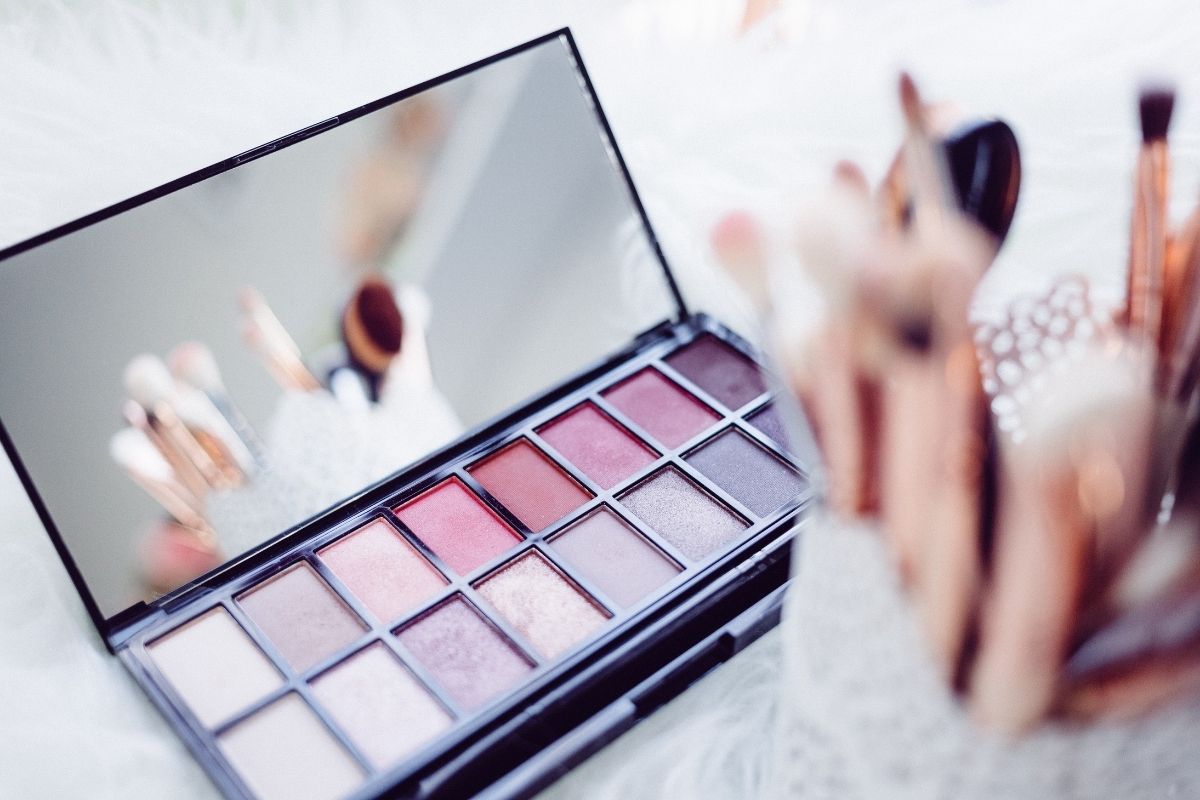The Cosmetics Industry: A Look Inside the Cosmetics Industry
The beauty industry and beauty brands continue to grow at a rapid pace and so do the companies that support the beauty business, such as contract manufacturers.
Beauty is a growth industry and it’s increasing at a rapid pace. What is driving this growth?
The key factors are:
* The new efficient distribution channel of the internet
* Convenience and democratization of brands
* Selfies
* The need to create and be an individual
* The demand for natural and environmentally-friendly cosmetic products
* Customization and new technologies.
The industry is led by brands, whether large multinationals or smaller indie brands. However, there is an entire network behind the scenes that supports these brands. These companies are the manufacturers of the products, the packaging makers, the ingredients suppliers, or the machinery engineers. They are highly specialized experts.
Companies called “contract manufacturers” take care of all the details so that the brands can focus on their customers. These manufacturers can specialize in a specific field, such as pencils, or offer a full array of color cosmetics, skincare, and hair care. The expertise is supported by chemists, engineers, operations, and product developers that work collaboratively on making products that deliver to the needs of the brands.
So now that we understand contract manufacturing, what is the difference between that and private labels? I like to use the analogy of couture and ready-to-wear in fashion. The couture is a contract manufacturing, one of a kind, specialized for you. The ready-to-wear is private label, ready, available, in these shades, finishes, ready to be delivered to you.
Private label allows a new brand to start without a large minimum requirement of manufacturing, packaging, and testing costs. Formulas have already been tested, scaled up, and proven.
This also allows for speed to market, where a three to six-month test for a new formula would be required. A private label formula already comes with all the testing and documentation needed. We’ve reviewed contract manufacturing and private labels.
There are many careers available in these two categories for anyone interested in anything beauty.


